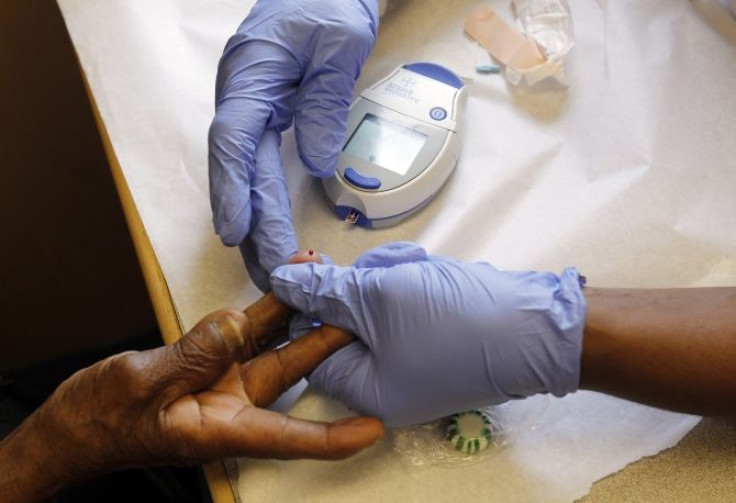Gut Microbes Linked to Diabetes

New research has found that microbes living in a person's gut may indicate whether or not the person has diabetes.
Humans carry about 3 pounds of microbes in the gut and the bacteria play an important role in digestion and immunity. Gut microbes are kept in check by the body so that only beneficial bacteria grow but at times bad bacteria can start growing, leading to many health complications. New research suggests that the reason for diabetes may be due to rampant growth of bad gut bacteria.
The study involved 354 people from China from about 171 people were diagnosed with type 2 diabetes. Researchers found that people with diabetes had more hostile gut bacteria their guts. "We have demonstrated that people with type 2 diabetes have a high level of pathogens in their intestines," said professor Jun Wang from the University of Copenhagen's Department of Biology and Novo Nordisk Foundation Center for Basic Metabolic Research.
World Health Organization has estimated that the number of people with diabetes is expected to increase from 170 million in 2012 to about 370 million in 2030 and that a large number of the cases will be reported in the developing countries.
Researchers will be looking at whether the presence of bad microbes in the gut predisposes people to diabetes or whether the presence of certain bad bacteria is due to the disease.
"We are going to transplant gut bacteria from people that suffer from type 2 diabetes into mice and examine whether the mice then develop diabetes," says Oluf Borbye Pedersen from the University of Copenhagen.
Previous research has shown that people can lose weight by manipulating compositions of bacteria in the gut. "It is important to point out that our discovery demonstrates a correlation. The big question now is whether the changes in gut bacteria can affect the development of type 2 diabetes or whether the changes simply reflect that the person is suffering from type 2 diabetes," said Professor Karsten Kristiansen from the University of Copenhagen's Department of Biology.
The study was published in the journal Nature.



























